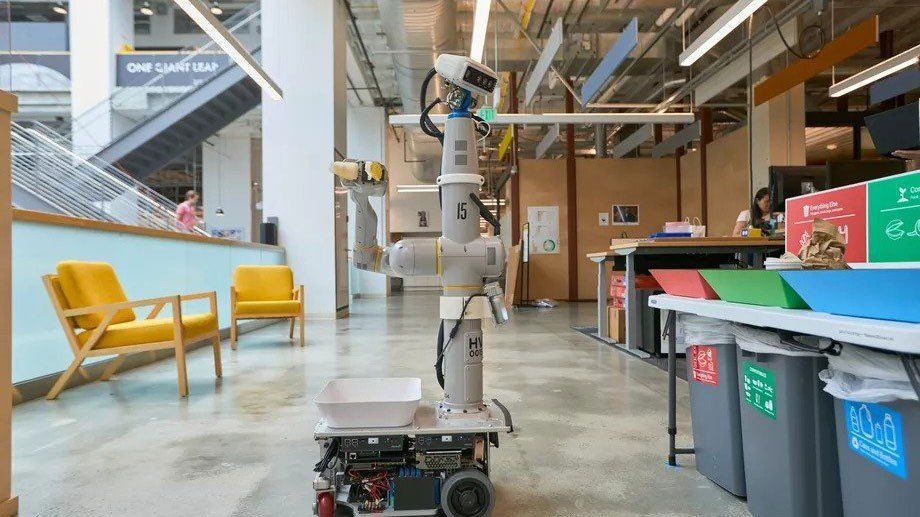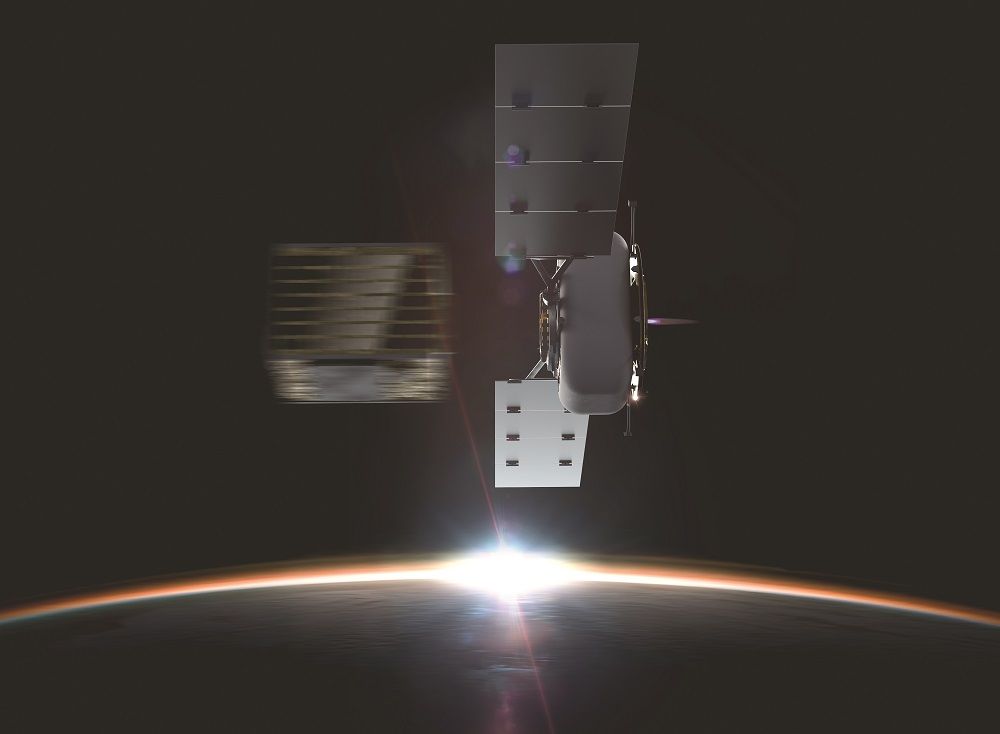Drone pilot Reuben Burciaga was fined $20,000 by the Federal Aviation Administration (FAA) after his fly-away DJI Phantom 3 drone landed right next to an active runway at McCarran International Airport in Las Vegas. The drone incident took place in June of 2018 when Burciaga wanted to take an aerial photo of a Ferris wheel. Early on during the flight, he lost control of the DJI Phantom 3. The drone then slowly drifted for more than two miles towards the airport before landing right next to an active runway. The FAA issued the ‘careless and reckless” drone pilot a fine of $14,700 that increased to around $20,000 after Burciaga failed to pay or appeal on time. We have included the original video of the drone flight that was uploaded by Burciaga below.
Page 8527
Nov 23, 2019
Amazon Is Planning to Open Cashierless Supermarkets Next Year
Posted by Dan Kummer in category: futurism
Welcome to the 2020’s.
The technology powering Amazon Go convenience stores also could be licensed to other retailers.
Nov 23, 2019
These Are the Jobs Artificial Intelligence Will Obliterate By 2030
Posted by Dan Kummer in categories: employment, robotics/AI
Forrester projects that artificial intelligence will severely impact jobs like cubicle workers, location-based workers, and loan processors.
Nov 23, 2019
IBM Showcases A.I. That Can Parse Arguments In Cambridge Union Debate
Posted by Dan Kummer in category: robotics/AI
Named “speech by crowd,” the Debater A.I. groups and summarizes large numbers of disparate arguments made by individuals.
Nov 23, 2019
AI and the Future of Work: The Economic Impacts of Artificial Intelligence
Posted by Dan Kummer in categories: economics, education, robotics/AI
This week at MIT, academics and industry officials compared notes, studies, and predictions about AI and the future of work. During the discussions, an insurance company executive shared details about one AI program that rolled out at his firm earlier this year. A chatbot the company introduced, the executive said, now handles 150,000 calls per month.
Later in the day, a panelist—David Fanning, founder of PBS’s Frontline—remarked that this statistic is emblematic of broader fears he saw when reporting a new Frontline documentary about AI. “People are scared,” Fanning said of the public’s AI anxiety.
Fanning was part of a daylong symposium about AI’s economic consequences—good, bad, and otherwise— convened by MIT’s Task Force on the Work of the Future.
Nov 23, 2019
Alphabet X’s “Everyday Robot” project is making machines that learn as they go
Posted by Gerard Bain in categories: habitats, robotics/AI
The news: Alphabet X, the company’s early research and development division, has unveiled the Everyday Robot project, whose aim is to develop a “general-purpose learning robot.” The idea is to equip robots with cameras and complex machine-learning software, letting them observe the world around them and learn from it without needing to be taught every potential situation they may encounter.
For now: The early prototype robots are learning how to sort trash. It sounds mundane, but it’s tough to get robots to identify different types of objects, and then how to grasp them. Alphabet X claims that its robots are currently putting less than 5% of trash in the wrong place, versus an error rate of 20% among the office’s humans.
The big idea: Robots are expensive and confined to performing very specific, specialized tasks. Getting robots that can operate safely and autonomously in messy, complex human environments like homes or offices is one of the biggest challenges in robotics right now.
Nov 23, 2019
Transhumanism and Spirituality — Villanova University’s Dr. / Sister Ilia Delio, OSF PhD. — ideaXme — Ira Pastor
Posted by Ira S. Pastor in categories: aging, cryonics, cyborgs, DNA, futurism, health, life extension, posthumanism, singularity, transhumanism

Nov 23, 2019
Water propulsion technologies picking up steam
Posted by Klaus Baldauf in categories: mapping, satellites
This article originally appeared in the Aug. 19, 2019 issue of SpaceNews magazine.
When the Aerospace Corp. launched the Optical Communications and Sensor Demonstration in 2017, one mission objective was to test water-fueled thrusters. At the time, the idea was fairly novel. Two years later, water-based propulsion is moving rapidly into the mainstream.
Capella Space’s first radar satellite and HawkEye 360’s first cluster of three radio-frequency mapping satellites move in orbit by firing Bradford Space’s water-based Comet electrothermal propulsion system. Momentus Space and Astro Digital are testing a water plasma thruster on their joint El Camino Real mission launched in July. And an updated version of the water-fueled cold gas thrusters the Aerospace Corp. first flew in 2017 launched in early August.
















